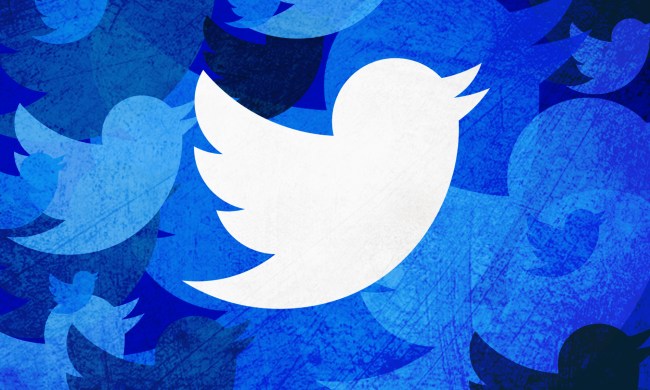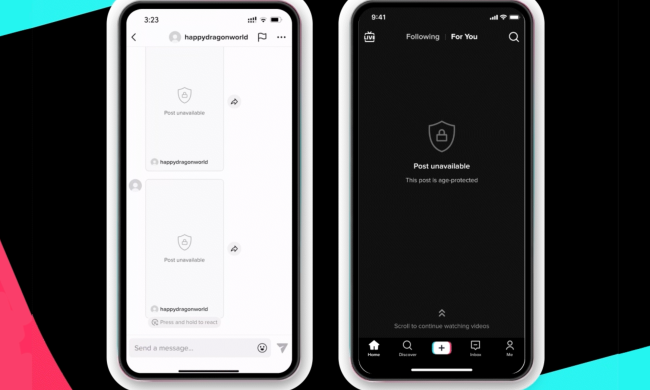If you’ve ever felt a little frustrated by the way Twitter’s compression tools degrade the quality of your photos, then you’ll be pleased to learn that this will no longer be the case.
Twitter this week announced it has implemented a new system that retains the quality of an uploaded JPEG instead of diminishing it.
Twitter engineer Nolan O’Brien announced this week that the social media platform will now preserve JPEGs at 97% quality. He attached a photo of some fall leaves (below) as an example, though you’ll need to click on the image — and perhaps zoom in — to appreciate the full effect.
Starting today, Twitter will preserve JPEGs as they are encoded for upload on Twitter for Web. (Caveat, cannot have EXIF orientation)
For example: the attached photo is actually a guetzli encoded JPEG at 97% quality with no chroma subsampling.https://t.co/1u37vTopkY pic.twitter.com/Eyq67nfM0E
— Nolan O’Brien (@NolanOBrien) December 11, 2019
As O’Brien points out, the photo of the leaves is a guetzli encoded JPEG. Guetzli, an encoder developed by Google a couple of years ago, is able to produce small files at high quality.
The new system essentially provides photographers with more control over the quality of the image that appears on Twitter. In other words, it gives them the option of posting a high-quality photo or a version of lower quality. Some professional photographers, for example, may deliberately post a low-quality version in an effort to protect it from misuse.
O’Brien confirmed that images uploaded to the microblogging platform will continue to have their EXIF data removed. EXIF data can be read by specific software and offers information about the image, such as the camera, lens, aperture, and speed used to capture the photo, along with when and possibly where it was taken. Again, some photographers prefer to hold on to this kind of information rather than share it.
In a later tweet, the Twitter engineer said limits will still be enforced, “so images are not unbounded in file size or resolution, but those limits are very generous so that pretty much any 8 megapixel photo will be preserved and even up to 16 megapixels can be preserved (in square aspect ratio).”
In other image-related news this week, Twitter announced it now supports Live Photos. For those not in the know, the Live Photos feature works with the iPhone 6S and later, capturing three seconds of movement that shows in the image when you press the screen. Before now, when you uploaded a Live Photo to Twitter, it would appear as a still image. But now, when you upload it as a GIF, it will play over and over.

